Leveraging Linguistic Expertise in NLP: A Deep Dive into RELIES and Its Impact on Large Language Models
Marktechpost
MAY 11, 2024
With the significant advancement in the fields of Artificial Intelligence (AI) and Natural Language Processing (NLP), Large Language Models (LLMs) like GPT have gained attention for producing fluent text without explicitly built grammar or semantic modules. If you like our work, you will love our newsletter.

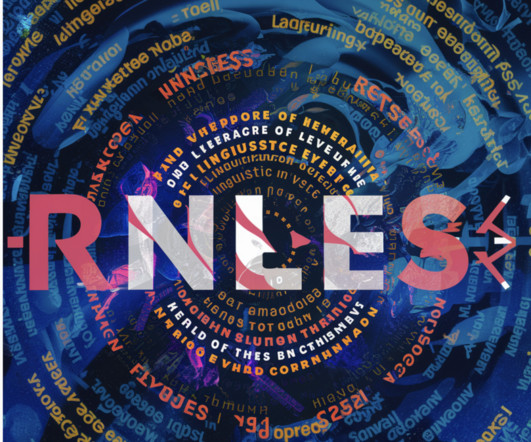






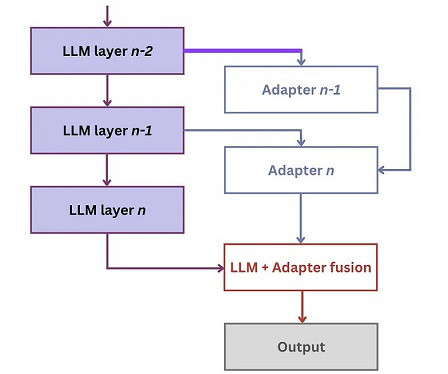
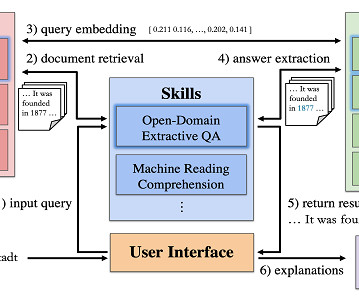
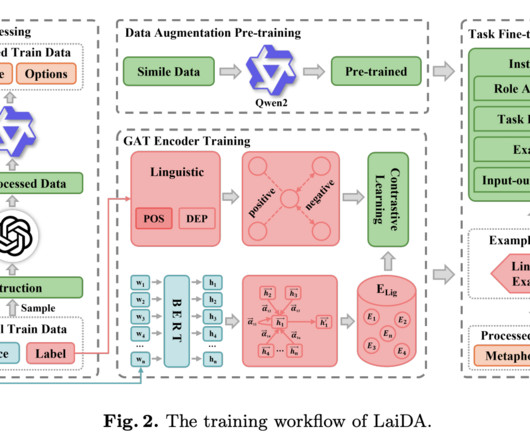
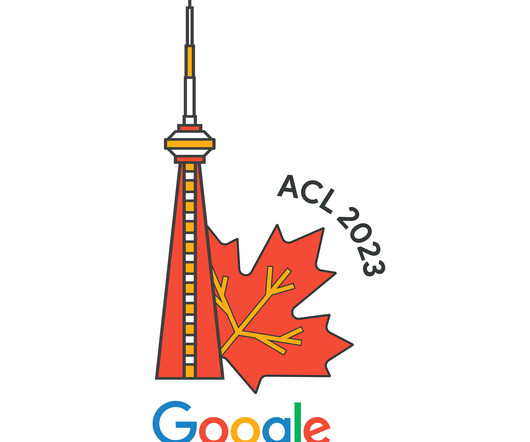





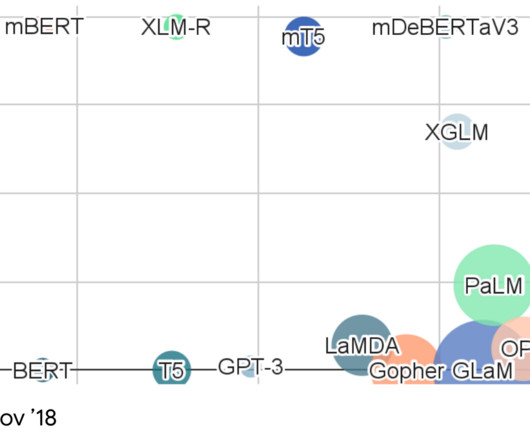













Let's personalize your content